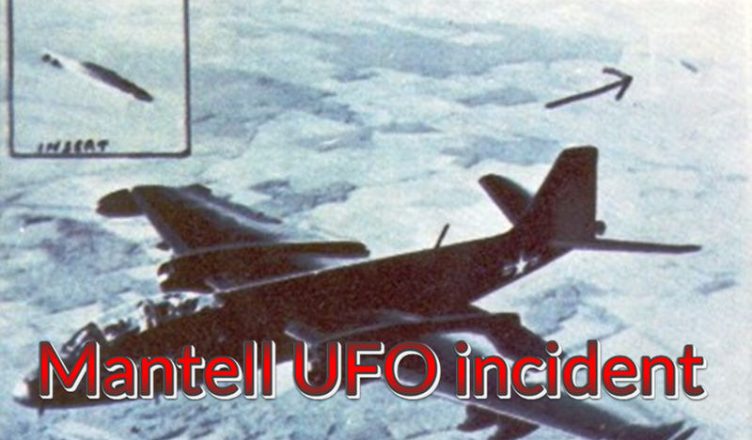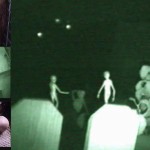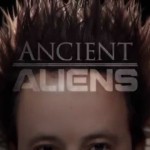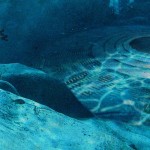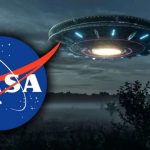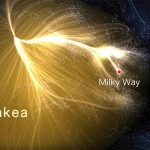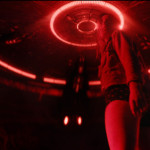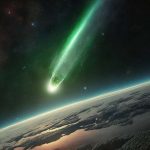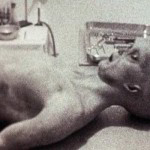In human history, there are many mysteries, and a portion of them are related to unidentified flying objects. For example, in January 1948, a U.S. Air Force captain named Mantell, seemingly encountered an unidentified flying object while on a mission. Subsequently, Mantell tragically lost his life in a plane crash while attempting to pursue the mysterious object.
In the eyes of the U.S. military, the “Mantell UFO incident” is considered more mysterious than the Roswell incident. This is because, in this case, the pilot crashed while chasing the UFO, and in the final moments of communication, he exclaimed, “I see a huge metallic object!”
This incident marks the first known human fatality possibly linked to a UFO in recorded history. So, what exactly was the unidentified flying object that Mantell encountered in the sky?
The Mysterious Case of Colonel Mantell – The World’s First Person to Die Directly from a UFO
On January 7, 1948, reports of a UFO sighting over Louisville, Kentucky, reached Godman Army Airfield. At 2:45 PM, six F-51 fighter planes were dispatched to investigate the phenomenon. Soon after, five of the aircraft returned, leaving only Colonel Mantell in pursuit. He reported to the control tower, “The UFO has a metallic shell and appears to be massive.” Half an hour later, the control tower received another report, “Approaching a gigantic metallic object,” followed by a sudden loss of contact. After 5:00 PM, Mantell and the wreckage of his plane were discovered on a farm near Franklin. His wristwatch had stopped at 3:01 PM, and there were no traces of bullet impacts or radiation on the aircraft.
In the aftermath, the U.S. Air Force claimed that Mantell had been tracking Venus and later suggested it was a Navy-launched “Skyhook” balloon. However, some speculated that Mantell and his plane were shot down by a UFO.
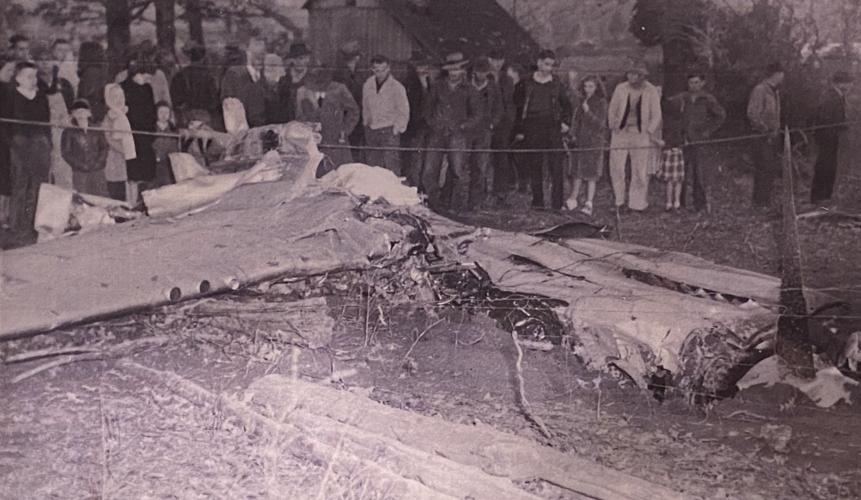
Contrary to the contemporary disinterest of the media in UFO reports, discussions with UFO researchers revealed a high level of public enthusiasm for such sightings in 1948. The Air Force News Desk at the Pentagon received numerous inquiries about the progress of UFO investigations from the public. Their response was consistently, “Give us time to investigate; this work cannot be completed within a week.” While the media accepted this explanation and patiently awaited updates, authors of UFO literature claimed to have “reliable sources” and had conversations with these alleged providers of “reliable information.”
For an entire year, the Pentagon explained the frequent occurrence of UFO sightings and detailed how the U.S. Air Force’s UFO investigation unit within the Aerospace Technical Intelligence Center conducted research. They also introduced another Air Force investigative group tasked with ensuring the Aerospace Technical Intelligence Center could focus on analyzing UFO sighting reports. UFO witnesses believed these explanations, as they encountered individuals claiming to be FBI agents. In reality, the FBI showed no interest in UFO events. Nevertheless, authors of UFO literature asserted that their “informants” could discuss UFOs with the Vice President, and many honest and experienced pilots claimed to have seen UFOs. This led the media to closely follow the Air Force’s comments on these events, even as the Air Force maintained a consistent silence.
Ghost Rockets
When the “Ghost Rockets” returned to Scandinavia, the staff of the “Signal” Project had just completed their New Year holidays and embarked on a new year of work. Air force bases in Sweden, Denmark, and Norway reached out to the U.S. Aerospace Technical Intelligence Center, seeking information on the reported rockets, only to be met with more inquiries.
The term “Ghost Rockets” first appeared in the media in the summer of 1946. There were various descriptions of these rockets: always high-speed, shaped like spheres or projectiles, displaying bright green, white, red, or yellow colors, sometimes emitting sounds, and visible only in the dark. Similar to unidentified flying objects discovered in the United States, these rockets always flew far away, making them difficult to observe clearly.
Soon, newspapers began authoritatively asserting that the “Ghost Rockets” were missiles and hinted that they originated from the Soviet Union. The renowned German V1 and V2 missile development base at Peenemünde had been occupied by the Soviets, further fueling suspicions about the Soviet origin of the “Ghost Rockets.” By the end of the summer of 1946, rumors about the “Ghost Rockets” had spread from Denmark, Norway, and Sweden to Spain, Greece, France, Morocco, Portugal, and Turkey. Until 1947, the identity of the “Ghost Rockets” remained uncertain, but public enthusiasm for the events had waned.
In January 1948, the rumors resurfaced, but researchers from the “Signal” Project were too occupied to delve into the European “Ghost Rockets” as a National Guard pilot had sacrificed his life while chasing a UFO.
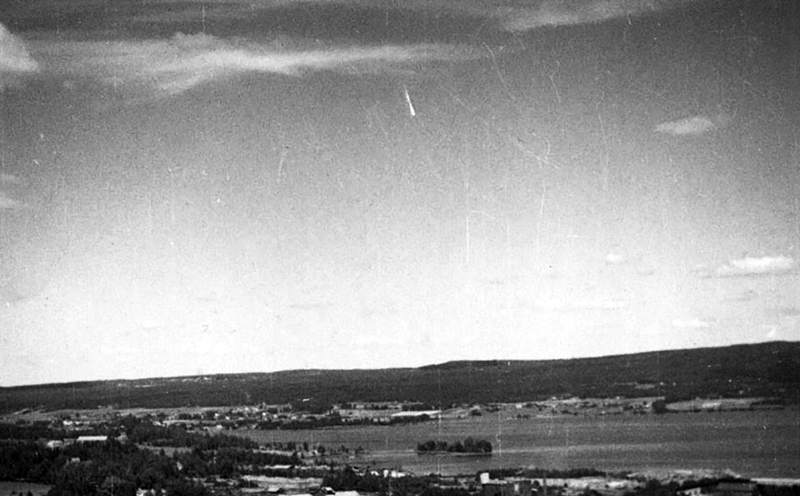
The Mysterious Skies of January 7, 1948: Colonel Mantell’s Pursuit of the Unknown
January 7, 1948 – the day when nearly every newspaper across the United States carried the headline “Colonel Mantell Killed Chasing Flying Saucer” to report on what would become the inaugural entry in the “Classic Series Reports.”
At 1:15 PM on January 7, personnel at Godman Army Airfield in Louisville, Kentucky, received a call from the Kentucky Highway Patrol. The patrol sought information on an unusual aircraft reported near the town of Maysville, 130 kilometers east of Louisville. Not having dispatched any aircraft at the time, Godman Airfield reached out to the Wright-Patterson Air Force Base’s flight service station. A few minutes later, the base responded, stating that their air traffic control committee had not detected any aircraft in that area. Approximately 20 minutes later, state police called, reporting residents in Owensboro and Owenton, towns west of Louisville, had also observed a peculiar aircraft. Their descriptions were more detailed, noting the object as “round, with a diameter of 80 to 100 meters,” and moving rapidly westward. After reviewing flight service records and finding no relevant entries, the Godman control tower staff began searching for the reported aircraft, speculating that it must have passed north of Godman to travel from Maysville to Owensboro, indicating it might return.
At 1:45 PM, the object reappeared, described as looking like an “airplane.” An assistant in the control tower later reported that a few minutes after the appearance of the “aircraft,” he alerted his supervisor because he was reluctant to make a “flying saucer sighting report.” When two control tower staff members were convinced they were not witnessing an airplane or weather balloon but rather a UFO, they called the flight dispatch desk, hoping dispatchers could figure it out. Soon, everyone on the base, except for the base dispatch and intelligence personnel, crowded into the control tower. Armed with 6×50 binoculars, they observed the craft but couldn’t confirm it was a UFO. Base commander Colonel Hix arrived at the control tower, observed for a while, but remained puzzled.
Around 2:30 PM, they reported to higher-ups and discussed how to arrange for the interception of the object by four F-51 aircraft approaching the base from the south. The control tower then communicated with Colonel Mantell, the leader of the four F-51s, instructing him to track the flying object and identify it. Mid-flight, one of the F-51s had fuel issues and had to land at the base. Mantell led the remaining two pilots in pursuit. As no one could precisely determine the object’s location, Godman control tower guided the flight. Initially, they indicated a southward direction, but as Colonel Mantell and his team flew in that direction, the object vanished.
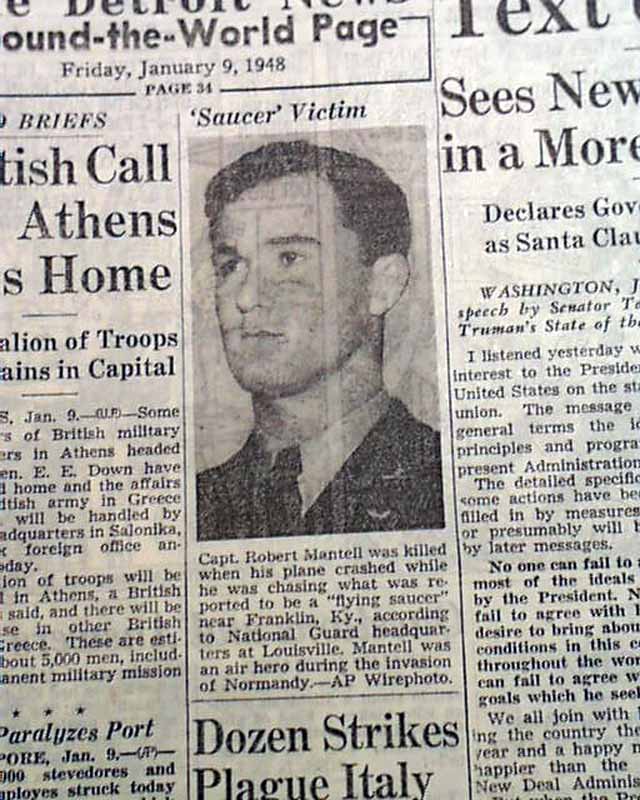
In subsequent reports, the two remaining pilots mentioned that the F-51s had climbed to an altitude of 3,500 meters, and Mantell had flown too far, nearly out of sight. At 2:45 PM, Mantell contacted the tower, stating, “I see something ahead of me, and I’m trying to close in on it.” All personnel in the tower heard Mantell’s words. Later, another pilot contacted the tower, asking, “What are we looking for?” The tower again communicated with Mantell, asking him to describe what he saw. Strangely, no one could accurately recall his response.
Ufologist’s Records:
Colonel Mantell said, “I have seen that thing; it looks metallic, enormous in size… Now I’m starting to climb.” A few seconds later, he added, “It’s right above me, about to catch up. I’m going to fly to an altitude of 7,000 meters.”
Everyone in the control tower found the last statement, “I’m going to fly to an altitude of 7,000 meters,” reasonable, but disagreed with the earlier assertion that the UFO was metallic and enormous in size.
Two pilots frantically contacted Mantell at an altitude of 5,000 meters. His plane had ascended so high that no one could see it. Mantell remained silent and never communicated with anyone again. The two pilots reluctantly turned back. Passing by the Godman control tower, one of the pilots mentioned that what they had seen earlier was actually a coronal reflection phenomenon. The two pilots landed at Stanford Airport north of Godman. One of them refueled and replenished oxygen for his F-51 before taking off again to search the area, but found nothing.
At 3:50 PM, the tower lost track of the UFO, and a few minutes later, they received news of Mantell’s plane crash.
At 7:20 PM, multiple airport towers in the Midwest reported another UFO. Several towers unanimously reported a UFO flying low on the southwestern horizon, disappearing about 20 minutes later. Some UFO researchers believed this was the same UFO Mantell had chased before his demise, but the Air Force insisted it was Venus.
The Signal program staff promptly initiated an investigation into the Mantell incident. With the impending flood of inquiries once news of the crash became public, they needed answers quickly. The narrative of “Mantell accidentally died while piloting, chasing Venus” spread rapidly, especially since a few weeks earlier, there had been a mix-up involving Air Force F-51s pursuing Venus. The media readily accepted this explanation, and for about a year, it was the prevailing interpretation of Mantell’s death.
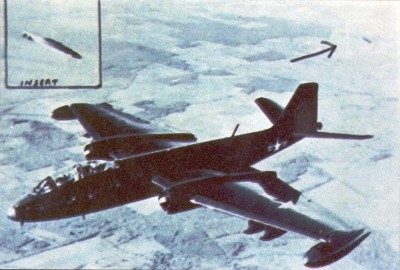
Air Force public relations officials remained indifferent when facing the media, projecting confidence in the conclusion that “Mantell died while chasing Venus.” However, within the United States Air Technical Intelligence Center, intelligence analysts did not endorse this conclusion. Simultaneously, the statement “It looks metallic, enormous in size” quickly circulated. Rumors continued to escalate, with some claiming that communication between the tower and the pilots was never interrupted, and the tower had more information than what had been disclosed.
Within a few weeks, rumors and investigative data about the Mantell incident multiplied exponentially. By the time the incident was thoroughly investigated, there was a wealth of information available.
One Year Later:
Approximately one year later, the Air Force released the investigation report on the incident. To put it more diplomatically, the report can be described as an artful “wordplay.” The report asserted that the UFO Colonel Mantell chased was likely Venus, or possibly one or two balloons. However, given the afternoon timing, Venus was not easily visible. Soon, authors crafted this version of the UFO story. A few weeks earlier, the Saturday Evening Post had published a two-part article titled “What Do You Believe About Flying Saucers?” officially endorsing the Venus theory as a positive resolution. To uncover the truth, several UFO authors interviewed a prominent figure—the Air Force’s UFO expert. When asked about the conclusion of the Mantell incident, the expert unequivocally stated it was Venus. When the UFO authors raised doubts about the Air Force expert’s prior skepticism, the response was, “After re-examining, they believe it was Venus.” In reality, the expert did not know who “they” were, where the investigation took place, or what it entailed, but the answer remained Venus. The authors pressed on, asking, “Will such incidents happen again?” The answer was a firm no, with a refusal to elaborate further. This interview led the UFO authors to believe that the Air Force was attempting to use Venus as a cover to conceal some crucial information. Such a significant event excited the media, and no one was willing to remain silent.
In early 1952, I received a direct call from a colonel responsible for the intelligence unit at the Pentagon, directly dialed from the United States Air Technical Intelligence Center. The Public Information Office had received numerous inquiries questioning the Mantell incident. So, were there answers to these inquiries?
In-Depth Investigation:
I delved into the records. In 1949, all the original materials were stored on microfilm, and some content wasn’t well-preserved, faded and challenging to discern. While researching these old documents, I gathered information and found answers to my questions through conversations with scientists from the United States Air Technical Intelligence Center, most of whom lived nearby, with some having transitioned to civilian life.
Media reports mentioned the Pentagon expert and his unequivocal statements identifying Venus. I couldn’t find specific evidence in the records, so I inquired about the expert’s situation. Eventually, I learned that he was an official at the Pentagon who compiled UFO intelligence summary reports and had never worked at the United States Air Technical Intelligence Center. He had limited knowledge of UFO events. After the Mantell incident, an official expert was needed to address the public’s questions. Because he had previously authored a brief UFO report, he became the “expert” to explain the incident. Evidently, he fabricated the rhetoric of “they” and “their latest report” to support the “Venus theory” because he was standing in the corner during the press conference.
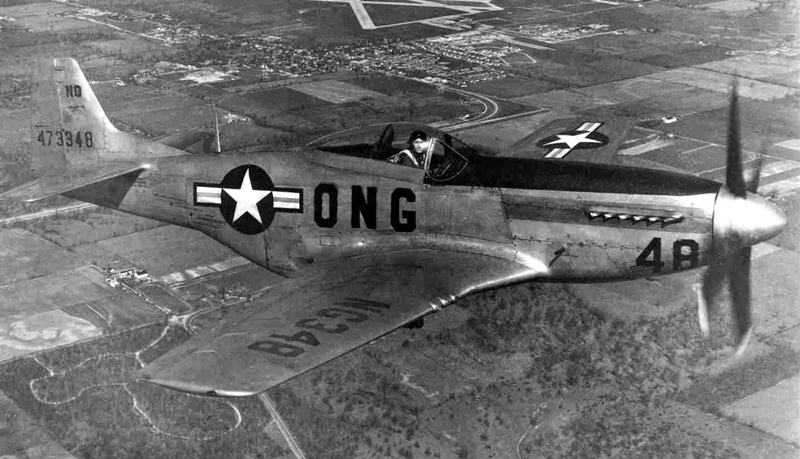
After delving into the research materials, I initiated the next phase of my investigation. Fortunately, I managed to contact Dr. Allen Hynek, the head of the Department of Astronomy at Ohio State University, who had extensively worked on the Mantell UFO incident. We agreed to meet the next day during a telephone conversation.
Having encountered numerous scientists studying UFOs, Dr. Hynek left the most profound impression on me. Unlike many who would offer answers before questions were posed, he calmly shared his insights without tirelessly boasting about his achievements. I arrived in Ohio before lunch, and Dr. Hynek kindly invited me to the faculty club for a meal. He introduced me to some notes related to the Mantell incident kept in his office, and we spent the entire lunchtime discussing UFOs.
Upon returning to his office, Dr. Hynek began to reassess the Mantell incident. He acknowledged the Air Force’s report issued at the end of 1949, which he deemed full of “equivocation,” and offered an apology for it. He expressed that had he known the report would generate so many questions, he would have made it more accurate and rigorous. In his view, the incident was inexplicable. Dr. Hynek pointed to his notes, informing me that at 3:00 PM that day, Venus was located 33° above the horizon in the southwest-south direction from Goodman. Similarly, at 3:00 PM, personnel in the control tower estimated the UFO to be in the southwest direction from Goodman at an angle of 45°. Apart from human errors in estimating direction and angle, these two positions were very close. While I agreed with this assessment, I identified an apparent flaw: Venus’s light is too dim for the human eye to perceive. Dr. Hynek calculated the brightness of the planet and found that Venus’s luminosity on that day was six times higher than the surrounding sky. Although six times might sound substantial, the actual effect was not noticeable. Trying to locate a beam of light six times brighter than the surrounding sky, even on a clear day, would be impossible.
Therefore, Dr. Hynek asserted that the flying object that day was not Venus. However, I later discovered that even on clear days, there are relatively dark areas in the sky. I inquired about other possibilities, and he reiterated weather balloons, coronal reflections, and sundog phenomena but did not provide explanations. He emphasized being an astrophysicist, commenting only on astrophysical phenomena.
While driving back to Dayton, I was convinced that the flying object was not Venus. Dr. Hynek had mentioned that Venus might appear as just a beam of light to the naked eye. The personnel at the control tower were confident in the accuracy of their descriptions and subsequently issued a statement. They described the flying object as “a parachute,” “red-topped ice cream cone,” “circular and white,” “large and made of silver metal,” “small and white object,” and “one-fourth the size of a full moon.” All these descriptions clearly indicated that the flying object was a large entity, with none describing it as “a beam of light.”
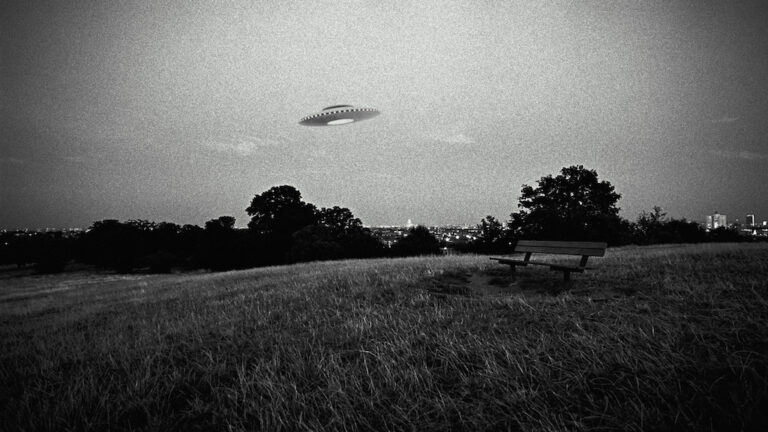
The distinct shapes seemed to rule out the possibility of a sundog phenomenon. Sundogs, or mock suns, are caused by the refraction of ice crystals in cloud layers, and scientific research has shown that sundog phenomena do not produce clear outlines. I also recalled instances of Air Force pilots chasing sundogs twice, and when the aircraft reached a sufficient altitude, the sundog disappeared. This was due to a change in the angle of refraction when the plane reached several kilometers in height.
I heard many bold speculations about the reasons for the crash of Captain Mantell’s F-51 aircraft, so I wanted to examine a copy of the accident report. Just a few days after my visit to Dr. Hynek, I received a copy of the report. The report stated that due to excessive speed, the F-51 aircraft lost a wing, leading to oxygen deprivation and causing Captain Mantell to lose consciousness. Mantell’s body was not burned, disintegrated, or riddled with holes, and the aircraft wreckage was non-radioactive and not magnetized.
This raised an important question. As an experienced pilot, why did Mantell attempt to fly to an altitude of 7,000 meters without an oxygen mask? Every pilot and crew member knows that without an oxygen mask, one cannot fly above 5,000 meters under any circumstances. During World War II, I underwent high-altitude flight training, during which I sat in a pressurized cabin and flew to an altitude of 10,000 meters several times to experience the effects of hypoxia by removing the oxygen mask until fainting occurred. Without an oxygen mask, a few determined individuals reached an altitude of 5,000 meters, but no one could fly to 6,000 meters. Perhaps Mantell thought he could quickly fly to 7,000 meters and then return before losing consciousness, but that would be a foolish choice. This point was also documented in eyewitness reports. A longtime friend of Mantell stated in the report that he had flown with Mantell for many years and knew him well. He couldn’t imagine Mantell flying in oxygen-deprived conditions because he was the most cautious pilot he knew. So, “The only situation I can think of is that he was pursuing something more important than his own life and family.”
Next, I would attempt to find out what the other two pilots saw or guessed during the pursuit, but it turned out to be a dead end. All the evidence was on the part of the film that was destroyed, and even their names were missing. The only clue that could be found was a vague report indicating that they saw nothing.
I noted the coronal reflection viewpoint. Many believe that pilots might mistake coronal reflections for flying saucers. I searched through all available materials but found no investigations specifically addressing this possibility. Reflecting on my own flying experiences and conversations with several pilots, we were initially startled by the coronal reflection theory but quickly realized it was just a reflection. Captain Mantell chased the object for at least 15 to 20 minutes, during which he seemingly failed to recognize that he was pursuing a mere reflection, which is truly astonishing.
So, the only remaining possibility to verify is that the object was a massive high-altitude weather balloon with a diameter of up to 30 meters. I reviewed the descriptions from the individuals at the control tower at that time. The first person to spot it described it as a parachute, and others mentioned it resembled a rolled ice cream cone, a circular object, etc. All these descriptions align with the shape of a balloon. There were two pieces of information in the documents that I had overlooked before, both pointing to a balloon. Shortly after the tracking failure at Goodman Air Force Base, someone from Madisonville, Kentucky, called the Dayton Flight Service Station. He reported seeing an object take off from the southeast, and through binoculars, he observed it was a balloon. At 4:45 PM, an astronomer from northern Nashville, Tennessee, also called, claiming to have seen an unidentified flying object, which, upon observation through a telescope, turned out to be a balloon.
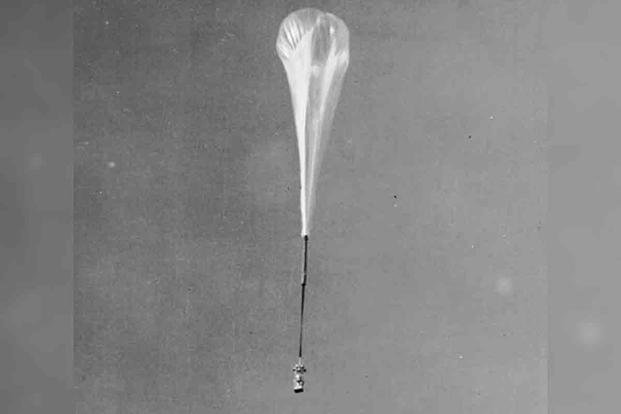
Among the tens of thousands of pieces of evidence and testimonies regarding the Mantell incident, this is the sole mention of a balloon. I intentionally did not focus on this possibility because I believed it had already undergone thorough investigation in 1948. However, now I am no longer convinced.
I have had conversations with many members of the Mantell incident investigation team. The possibility of balloons causing UFO sightings was mentioned in the report but was not confirmed. There are two reasons for this: firstly, the U.S. Air Force Technical Intelligence Center believed that the object Mantell chased was a ship, and a ship was the only object he might have pursued. No evidence of a ship flying in the area was found after the sighting, leading them to support the “Venus theory” instead. This was a convenient solution as the Venus theory “had already been confirmed.” Secondly, an immediate check was made on weather balloons in that area at the time, and nothing was found. At the time, large high-altitude weather balloons were classified, and since they believed the flying object had interstellar origins (a small minority thought it might be from the Soviet Union), they were reluctant to seek top-secret data on high-altitude weather balloons.
The research group responsible for high-altitude weather balloon flights in the Air Force was located at Wright Field in Ohio. I called them. They did not have flight records from 1948, but they did believe that the massive balloon had been launched from Clinton Air Force Base in southern Ohio at the time. They provided wind direction records for January 7, 1948, showing the route taken by the balloon as it ascended in the southwest direction in Ohio. I obtained these data a few days later.
The Final Regret
Regrettably, the timing of sightings of the flying object from a town near Louisville is inaccurate, only allowing a partial reconstruction of the sequence of events. Influenced by the wind, high-altitude weather balloons launched from Clinton Air Force Base could be seen from towns east of Goodman Air Force Base. Interestingly, the town where the UFO was first reported by the highway patrol happened to be in this vicinity. Seeing a massive balloon from a distance of 100 kilometers is not uncommon. The balloon likely drifted westward, propelled upward by the strong east wind that day. As the altitude increased, the balloon’s speed accelerated due to stronger winds. Twenty minutes later, the balloon became visible to the two towns, Owensboro and Owenton, west of Goodman Air Force Base, marking the location of the second sighting. The balloon continued ascending to a new height affected by strong southward winds. Although there were no reported jet streams in 1948, the meteorological chart for that day strongly indicated a trend of high-speed southward airflow. Regardless of jet streams, the balloon should have continued ascending rapidly southward. When reaching a position southwest or south of Goodman, the balloon would traverse the southward-flowing air to reach the windless zone at 20,000 meters. In this region, it would slowly drift towards the south or southeast. At this altitude, people could indeed see high-altitude weather balloons.
The personnel at the Goodman tower first observed the UFO south of the airbase, appearing relatively close, resembling a “parachute.” This description aligns with the appearance of a balloon when observed. Over a two-hour period, the object remained in view, with observers reporting apparent movement. Descriptions through telescopes followed a chronological sequence of “enormous size,” “small object,” “quarter the size of the full moon,” and “tenth the size of the full moon,” accompanied by a description of it “moving slowly.” As the balloon continued drifting southward, encountering strong winds, astronomers in Madisonville, Kentucky, could see it. An hour after leaving the sight of the observers at Goodman, residents in the northern regions of Nashville could also spot the balloon.
Although certain Air Force and Navy archives should document the weather conditions on January 7, 1948, and the balloon launch from Clinton Air Force Base in Ohio, I have never found precise records related to this information. Those who were initially involved in high-altitude weather balloon projects “recall” research conducted at Clinton Air Force Base in 1947 but refuse to discuss the flight conditions on January 7, 1948, simply saying, “Perhaps.” The Mantell incident resembles an ancient UFO puzzle. By speculating solely based on the shape of one piece of the puzzle, the balloon ascending from the southwest of Ohio, the entire scene starts to come together. The picture reveals Colonel Thomas Mantell risking his life to pursue a massive balloon. Unaware that he was chasing a balloon, as he had never heard of such a gigantic balloon with a diameter of 30 meters, let alone seen one, this missing piece completes the entire picture—an unidentified flying object, “metallic and enormous in size.”
More UFOs and mysterious files, please check out our YouTube channel: MysFiles
The Day After Roswell – UFO secrets and Reverse Engineering
